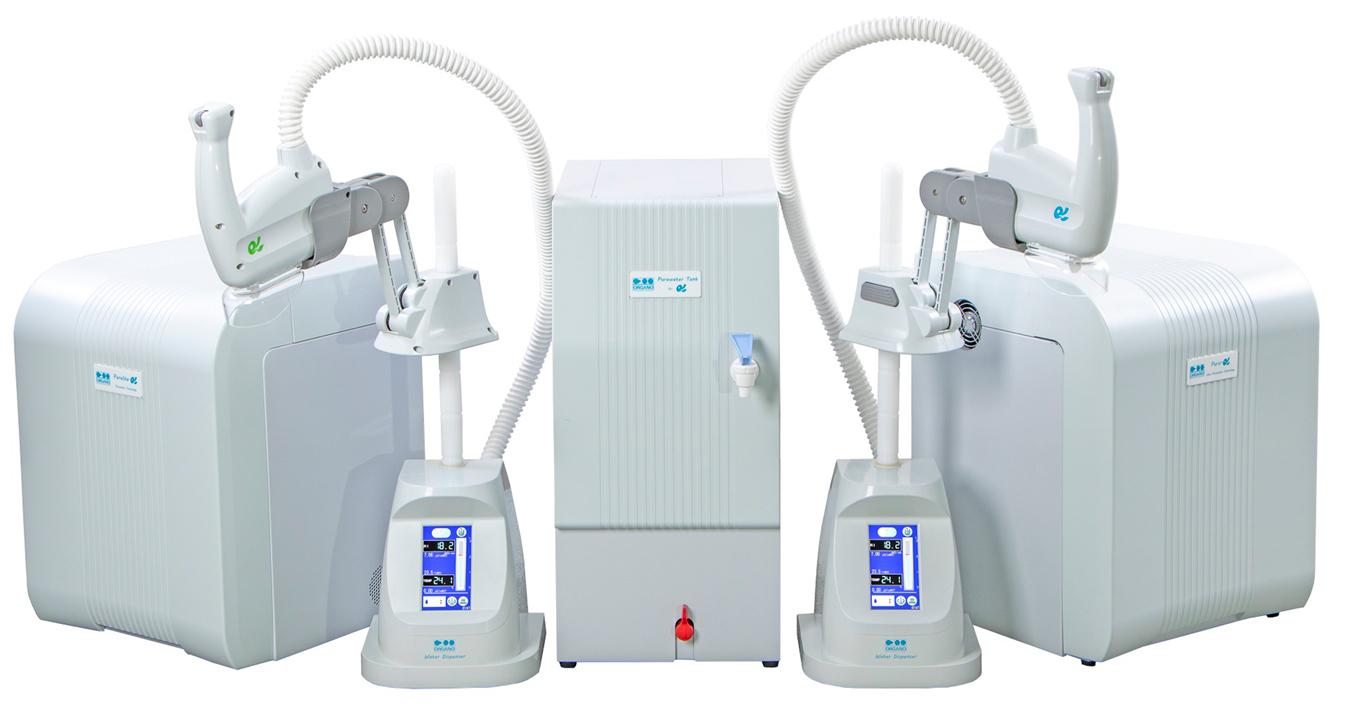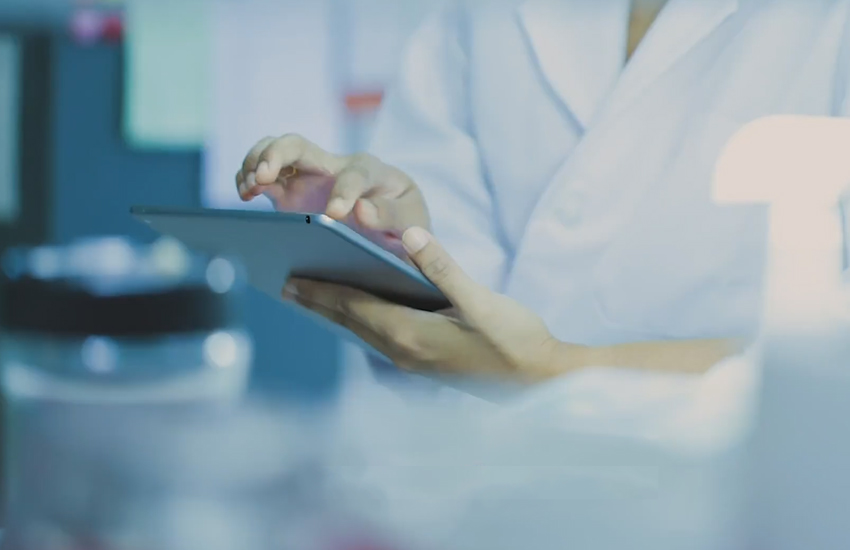Self-checking of pure and ultrapure water systems: Routine Inspections
Stable equipment operation and water quality are essential for highly precise analysis.
Key points of equipment management directed at persons using pure or ultrapure water will be introduced in three parts: “Routine Inspections,” “Regular Inspections,” and “Dealing with Long Downtime.”
Inspection of water quality (electrical conductivity, resistivity, TOC value)

As electrical conductivity and resistivity measure only electrolytes in water, the amount of organic matter and the amounts of microorganisms expressed by TOC value do not appear in numerical values.
Checking electrical conductivity and resistivity suffices in some cases, but some experiments require checking of other aspects of water quality.
Inspection of hoses, tubes, connectors, and water dispensing nozzles
Leaks and deterioration of water quality can be prevented through regular inspection, without ignoring damage and stains caused by aging-related deterioration. If any damage is apparent, perform replacements or consult the equipment dealer.
Inspection of sound during operation
Checking whether pump sounds deviate from the norm enables early detection of anomalies such as idling and clogging.
Inspection of leaks
Although we take every precaution as a manufacturer, tube joints may become loose due to the vibration of the pump.
In rare cases, friction contact inside the equipment may lead to issues such as cracks.
Visual checks of the interior and rear of the equipment enable early detection of leaks.
Troubleshooting: Leak alarm
Water is contacting the leak detector inside the equipment.
Wipe off the sensor area and identify the location of the leak.
If you are unable to locate the leak, shut off the water supply valve and consult the dealer
Summary
The above introduced key points in “Routine Inspections,” by which persons using pure or ultrapure water can inspect equipment on their own.
- Inspection of water quality (electrical conductivity, resistivity, TOC value)
- Inspection of hoses, tubes, connectors, and water dispensing nozzles
- Inspection of sound during operation
- Inspection of leaks
As there are only four items for inspection, these should be undertaken on a routine basis to detect equipment anomalies early.
The next column will introduce key points concerning equipment management in “Regular Inspections.”


